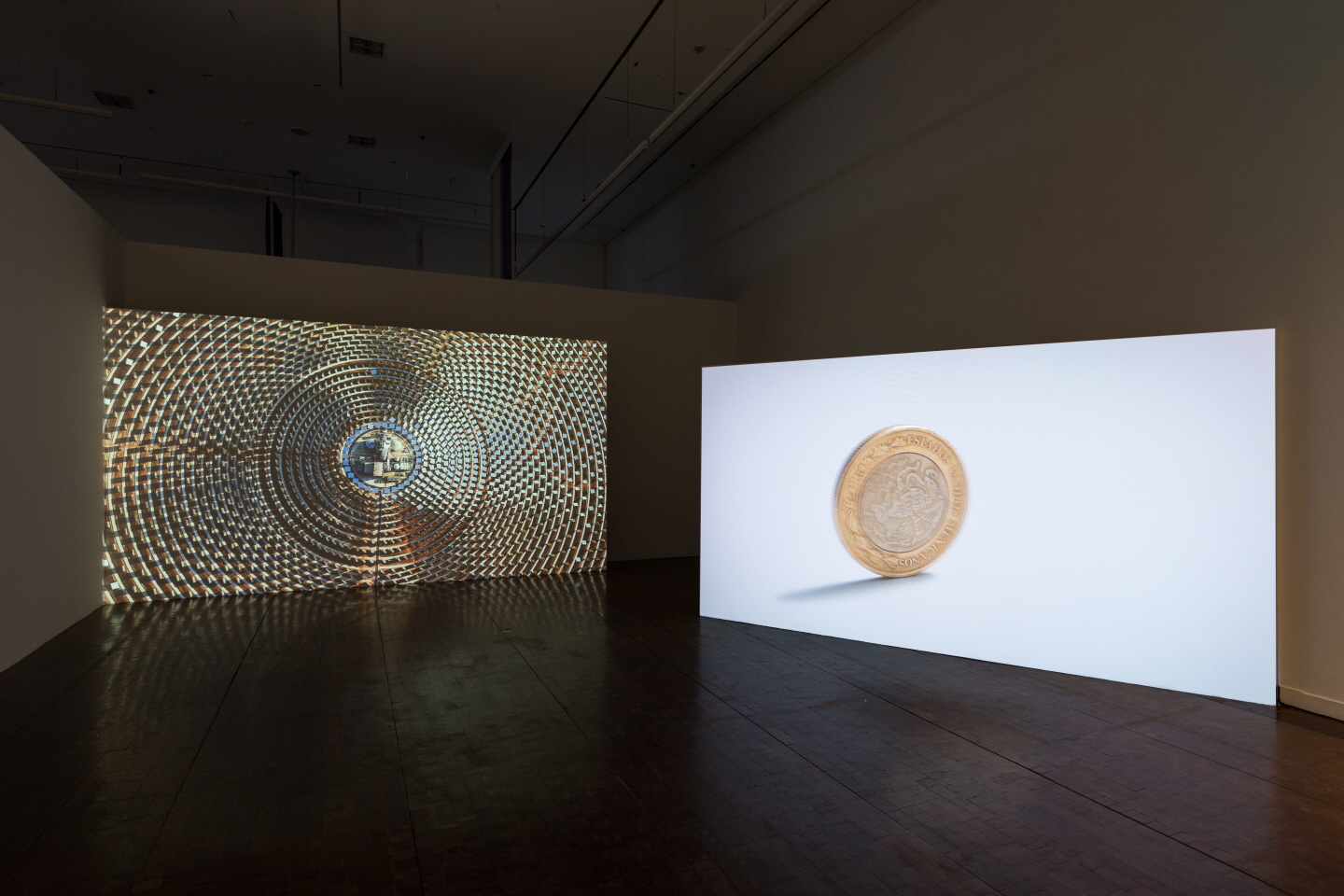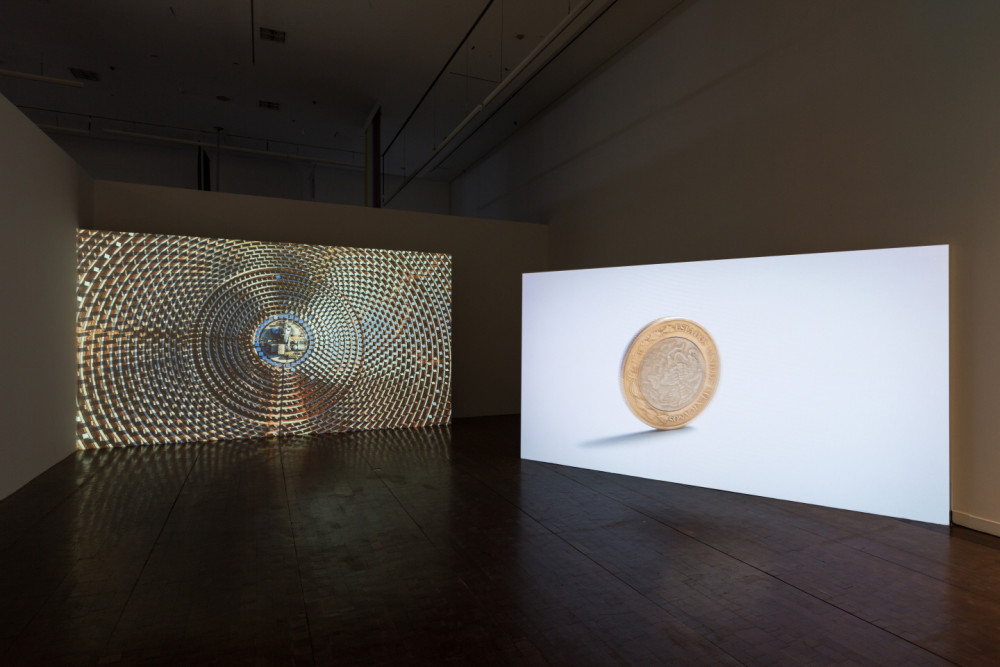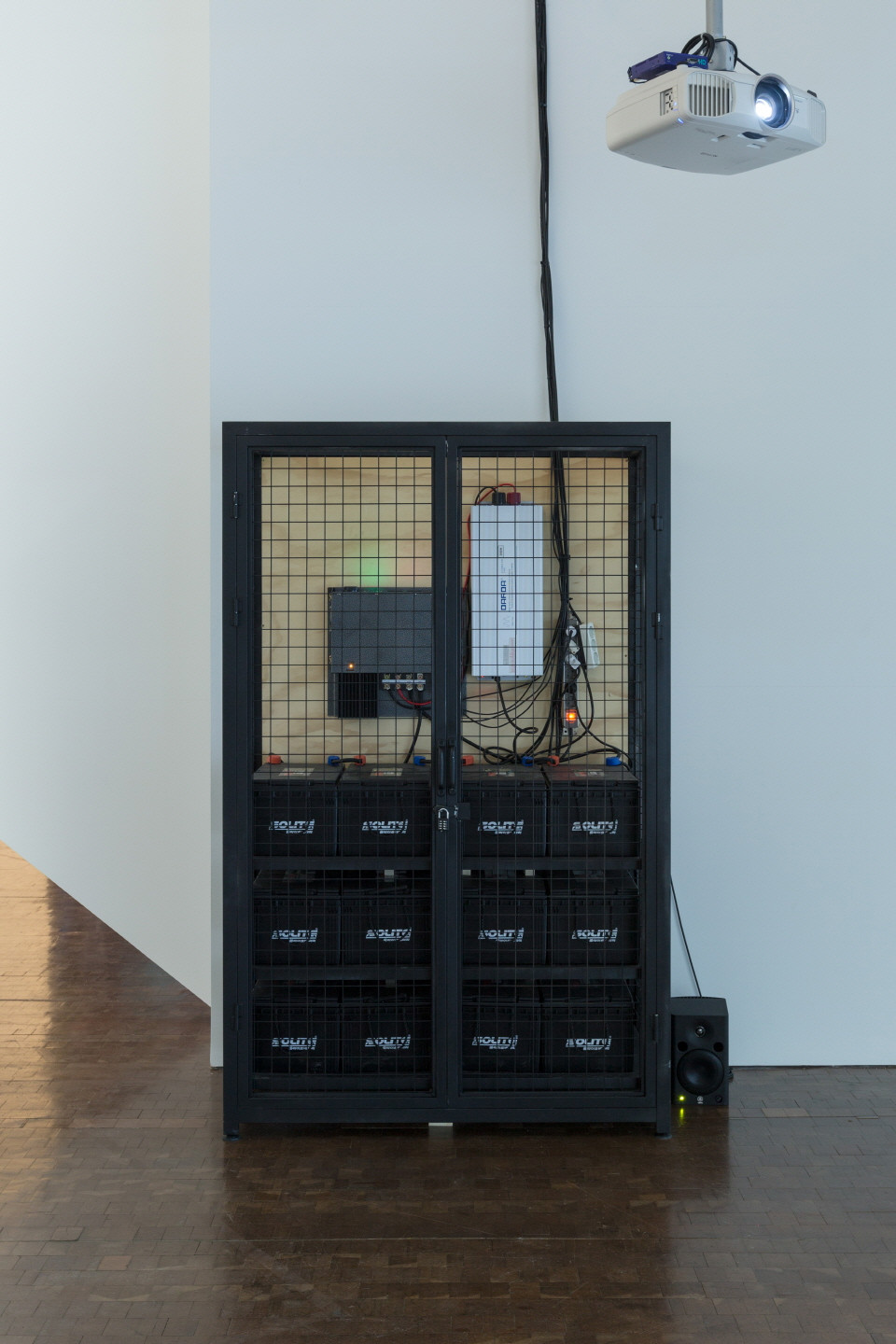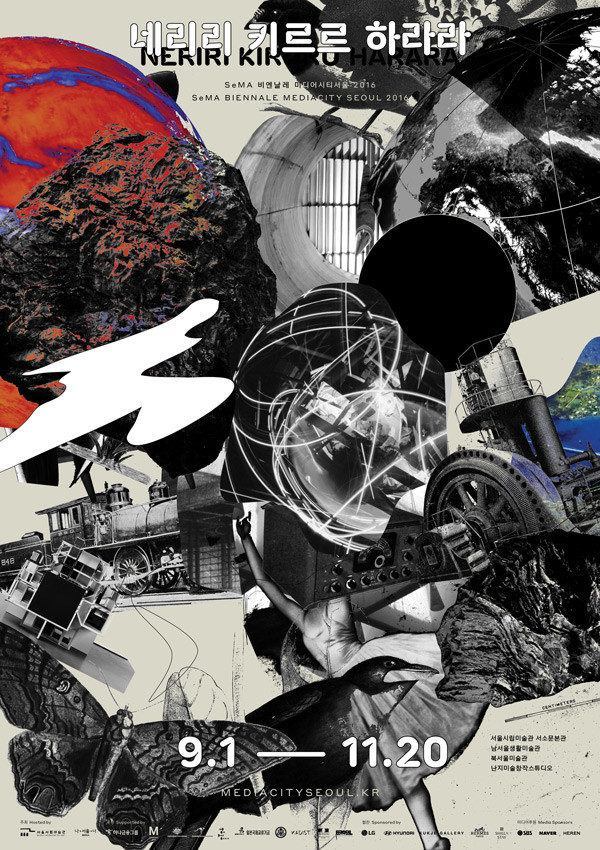
Ancient Lights explores connections between the Aztec Sun Stone, rediscovered at Zócalo, Mexico City where it was buried following the Spanish Conquest, the concentric mirrors of the Gemasolar Thermosolar Plant in Southern Spain, and pioneering advances in dendrochronology carried out by A. E. Douglass at the Laboratory of Tree-Ring Research at the University of Arizona. One of the two films brings together footage shot on location in Spain and Arizona with audiovisual data gathered by NASA’s Solar and Heliospheric Observatory project. This work positions the sun at the centre of a series of cyclic systems, both geophysical and cultural. It draws on Aztec ritual and the research of Soviet scientist Alexander Chizhevsky, who linked sun spots and the eleven-year solar cycle to periods of revolutionary activity, examining the relationship between entropy—as sacrifice or loss—and the perpetual movement of the sun. The second film depicts a Mexican ten-peso coin spinning in slow motion. The coin loses and regains momentum in a continuous loop, as if in a state of thermodynamic equilibrium.
Ancient Lights explores the socio-economic influence of the sun on human beings. It is quite different from environmentally friendly approaches to natural energy; rather it demonstrates the fact that the amount of energy, unlike its seemingly infinite supply, is limited, and that today we must pay the fees for the use of that energy. Ancient Lights is powered by energy harnessed using solar panels placed on the roof of the museum’s building. The off-grid system, which operates as a closed circuit, enabling light from the sun to be transformed into projected light, is presented in the show and lets the audience experience the system.






